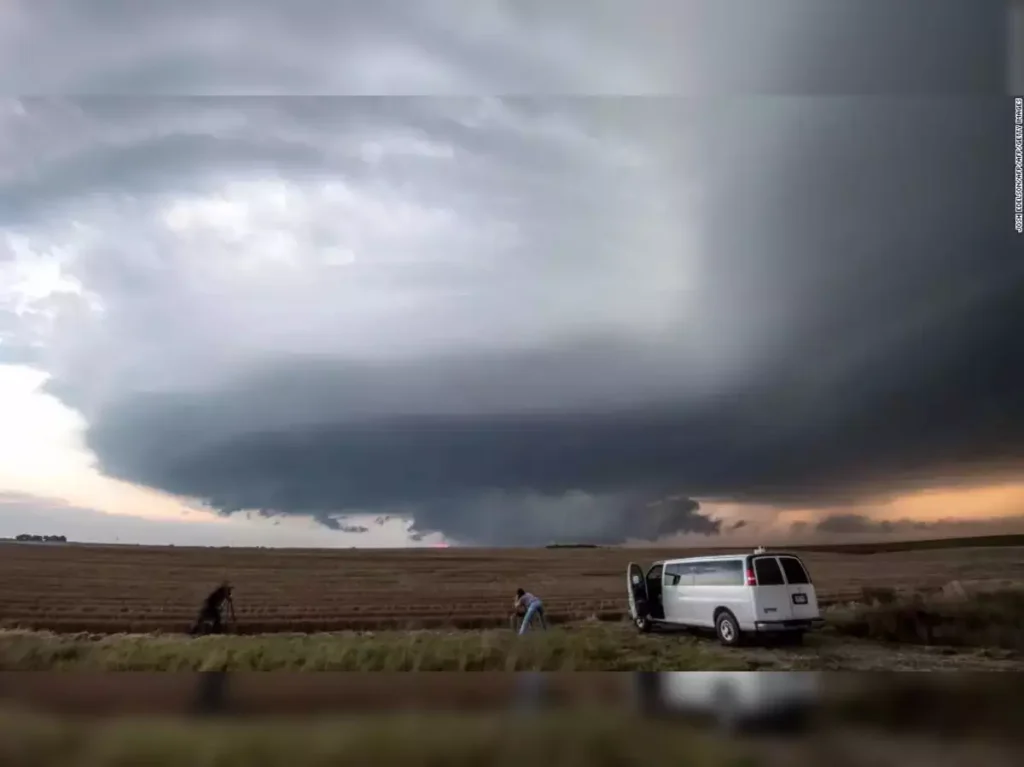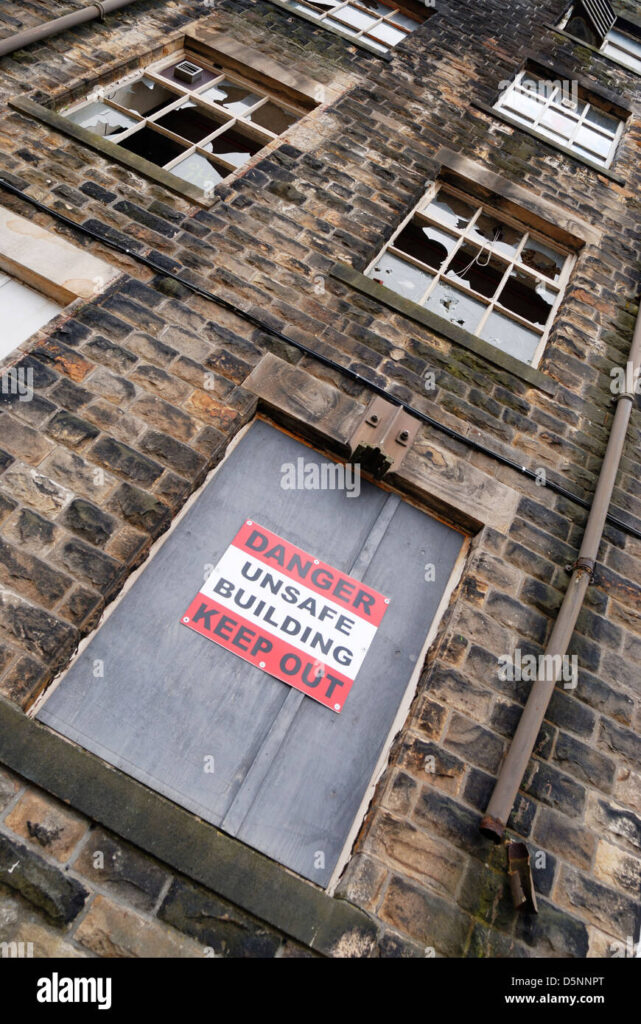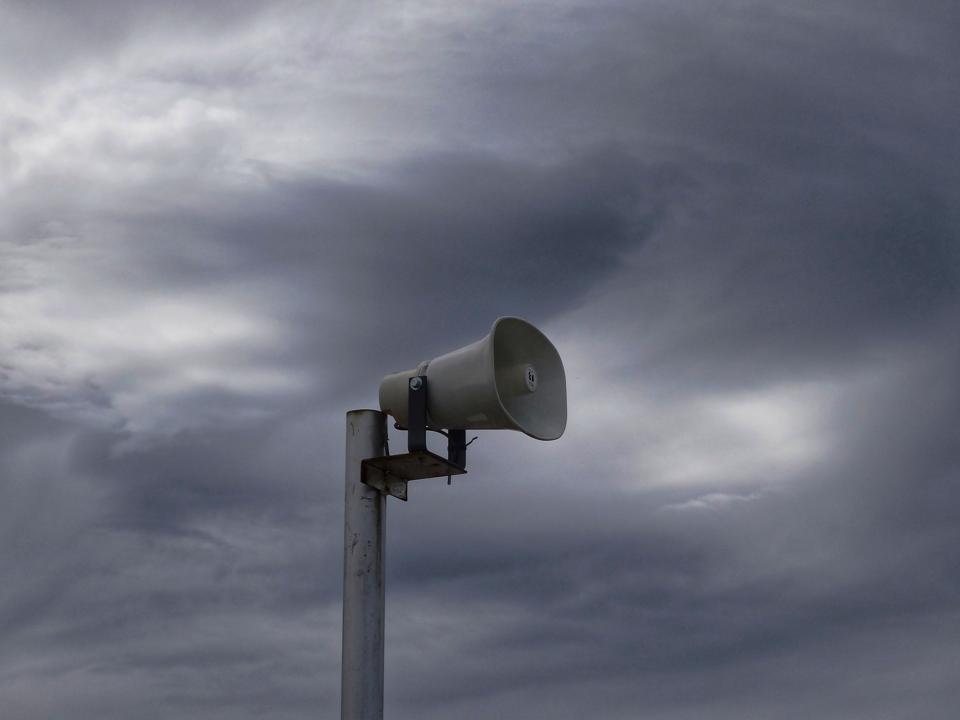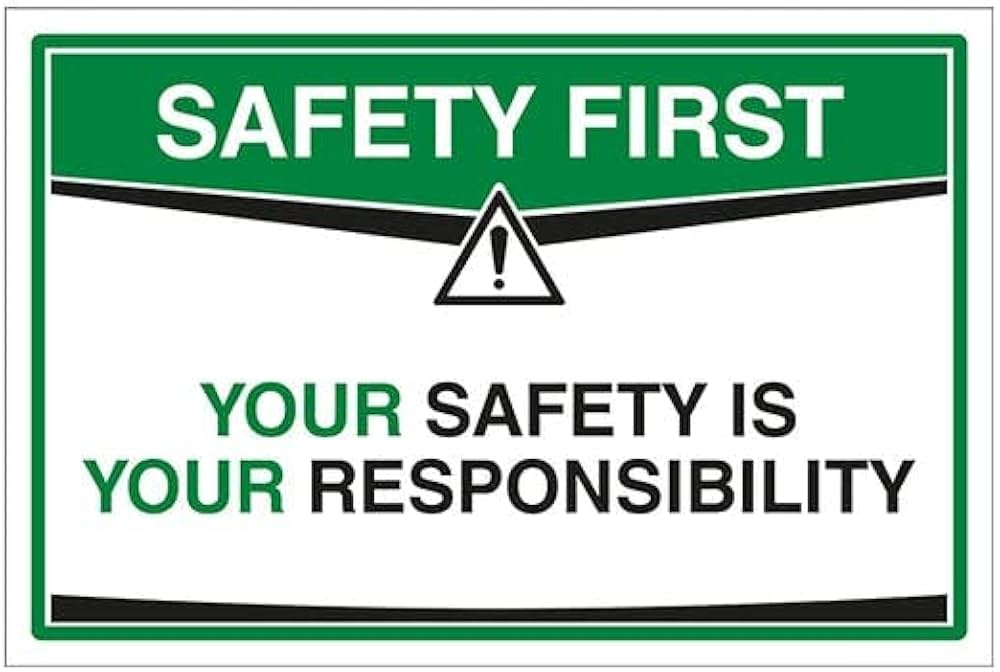
A dramtic and powerful tornado and supercell thunder storm passing through some isolated countryside at sunset. Mixed media landscape weather3d illustration.
Severe Tornado Warning Issued for [Region]: Take Immediate Shelter

If you’re reading this right now and you’re in an area affected by a Severe Tornado Warning, it’s essential to act quickly and take the necessary precautions to protect yourself and your loved ones. A tornado can be incredibly destructive, and its path is often unpredictable, which makes quick action a must when a warning is issued.
Here’s everything you need to know to stay safe during a tornado

What Does a Tornado Warning Mean?
First things first, let’s make sure we’re all on the same page. A Tornado Warning is issued when a tornado has been spotted on the ground or is indicated by radar. Unlike a Tornado Watch, which means conditions are favorable for tornadoes to form, a Warning means it’s happening now, and you need to take immediate action to protect yourself.
Your First Step: Find Shelter

The most important thing to do during a tornado warning is to seek shelter immediately. Here’s how you can do that:
- Basement or Storm Cellar: If you have access to a basement or storm cellar, head there right away. These spaces are built to withstand extreme weather and will offer you the best protection.
- Interior Room: If you don’t have a basement, find the most interior room in your home, ideally on the lowest floor possible. This could be a bathroom, closet, or hallway. The key is to get away from windows and exterior walls.
- Avoid Mobile Homes: If you live in a mobile home or temporary structure, it’s time to evacuate. These structures are highly vulnerable to wind damage. Find a more secure building, like a sturdy home or public building.
Protect Yourself from Flying Debris

Tornadoes are infamous for sending debris flying at incredible speeds, and even small objects can become deadly projectiles. Here’s how to reduce the risk of injury:
- Cover Up: If you have access to something heavy, like a mattress or thick blankets, use it to shield yourself. Otherwise, take cover under a sturdy table or workbench, if possible.
- Helmet or Padding: If you have a helmet or any kind of padding, use it to protect your head from flying debris. This simple measure could make all the difference in preventing injury.
Stay Informed

Once you’re safely sheltered, don’t relax just yet—staying informed is crucial. Here’s how to do it:
- Weather Radio: A battery-powered weather radio is a must-have during severe weather. It will keep you updated on the tornado’s location and any changes to the warning or safety guidelines.
- Smartphone: If you have access to a charged phone, keep an eye on local weather apps or follow updates on social media. Many news stations also provide live updates and coverage during severe weather events.
Avoid Windows and Exterior Walls

During a tornado, the strongest winds are often found on the outer edges of the storm, which means windows and exterior walls are the most dangerous areas to be near. Stay away from these zones to avoid injury from flying glass or structural collapse.
Wait for the “All Clear”

After the tornado has passed, don’t rush out of your shelter right away. It’s important to wait until local authorities or emergency services confirm that the danger has passed. Tornadoes can sometimes be followed by additional severe storms or multiple twisters in succession, so it’s essential to stay alert until you’re told it’s safe.
Final Thoughts: Your Safety Comes First

When a Severe Tornado Warning is issued, it’s a sign that you need to take immediate action. Don’t wait or second-guess—it’s far better to be overly cautious than to risk your safety. Follow these steps, stay informed, and remember that your well-being is the most important thing.





